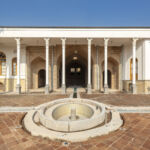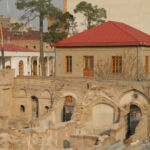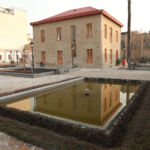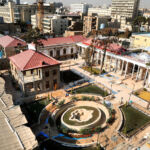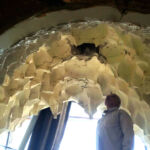House for a City - Architectural Heritage in Tehran
Project's Summary
The 'House for a City, Once for a family' project, spearheaded by Ákaran Architects, is a remarkable journey into the architectural heritage of Tehran. This project focuses on the restoration and revitalization of the House of Ettehadieh, a historical site that stands as a testament to the rich cultural tapestry of the city. With its roots tracing back approximately 150 years, this site encapsulates the essence of ancient Tehran and serves as an architectural narrative of the lives and stories of the Ettehadieh family.

Spread over an impressive 9,000 square meters, the House of Ettehadieh is strategically located at the heart of Laleh-Zar Avenue, once dubbed the Champs-Élysées of Tehran. The property not only holds historical significance but has also been a witness to political movements and social gatherings throughout its existence. Originally belonging to Amin-ol-Sultan, the treasurer of the Qajar Shah, the site has undergone various transformations, reflecting the dynamic history of the region. The architectural integrity of the property reveals layers of urbanization that have shaped its identity over the decades.
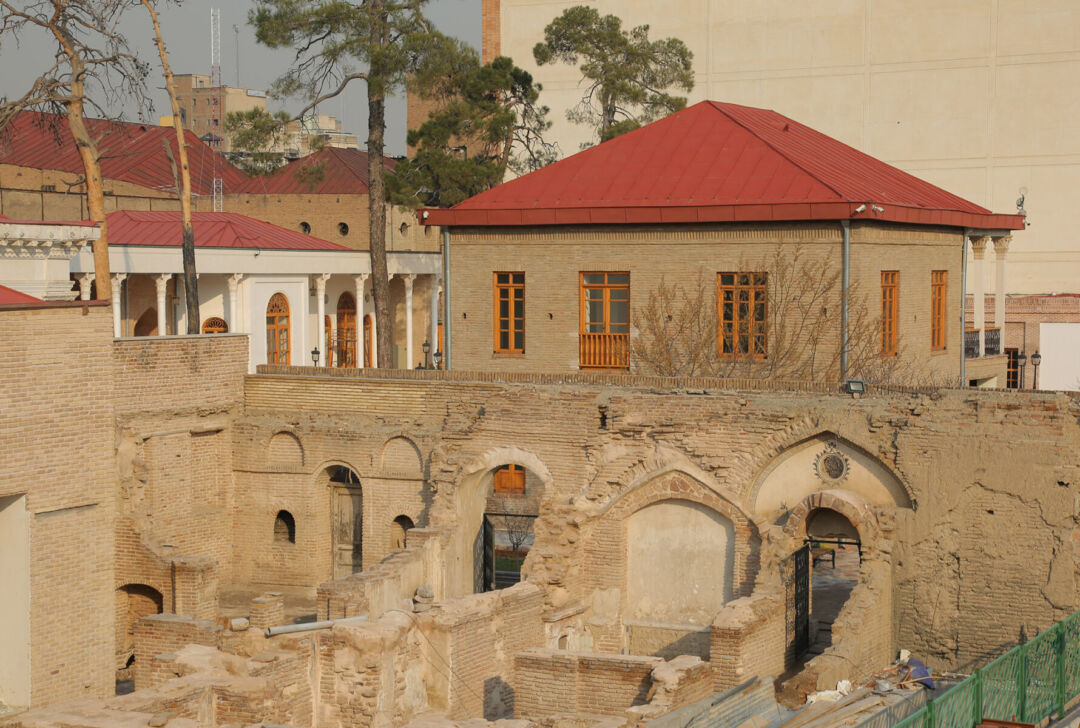
The architectural significance of this restoration project is underscored by its commitment to preserving the Pahlavi Period's built fabric. The meticulous archaeological investigations conducted on-site have unveiled remnants that guide the restoration process, ensuring that the main mansion, intricate plasterwork, and unique tile designs are restored to their former glory. Ákaran Architects has embraced the challenge of bridging the past with the present, creating a dialogue between historical integrity and contemporary design principles.
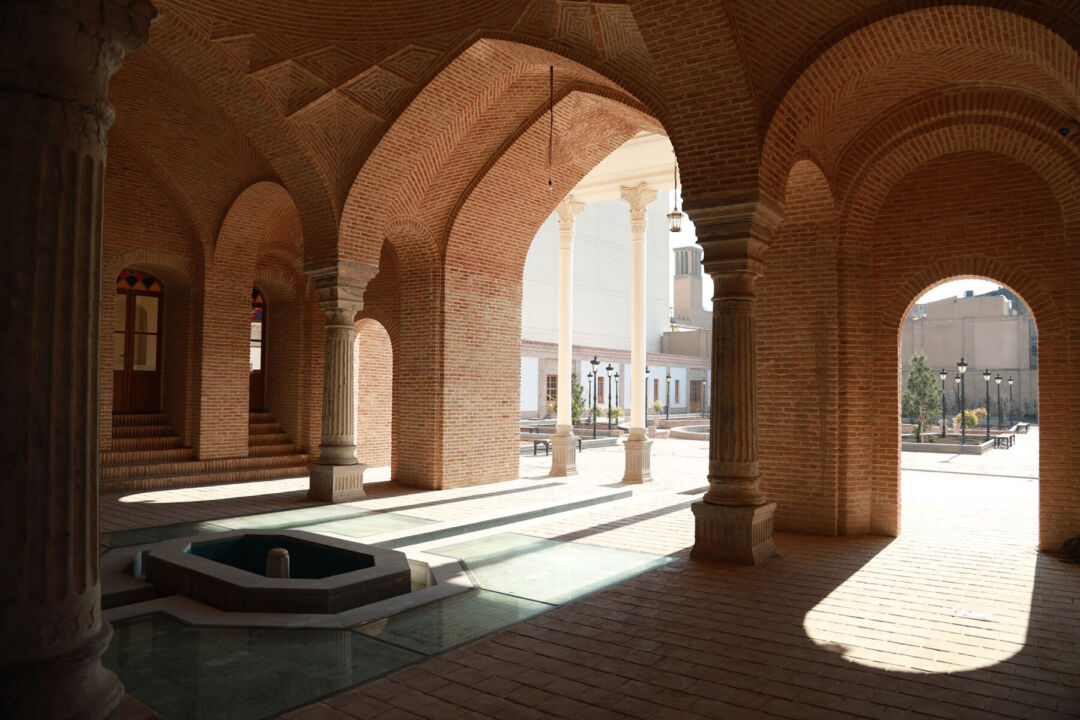
In the spirit of rejuvenation, the House of Ettehadieh is being transformed into a vibrant cultural hub that welcomes the public. The design incorporates gallery spaces, cafes, and an amphitheater, creating an interactive environment that encourages community engagement. Each space is intentionally crafted to narrate the story of its heritage while offering new social functions that cater to the diverse needs of today’s society. This innovative approach ensures that the history of the site is celebrated and remains relevant.
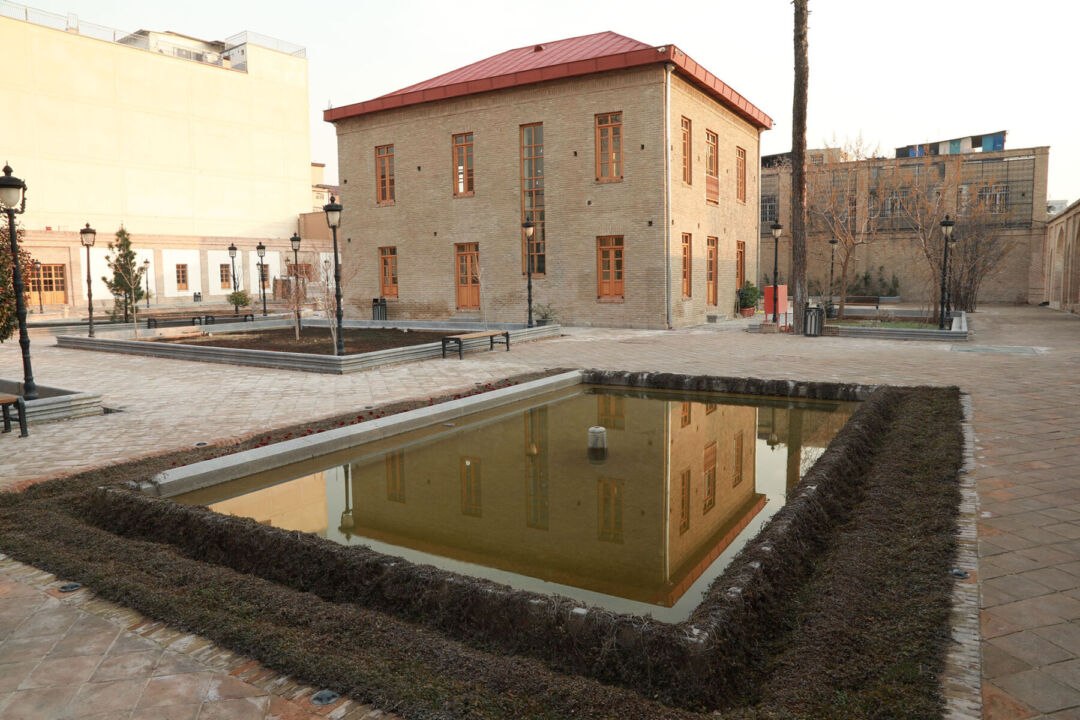
As the restoration progresses, the House of Ettehadieh emerges not just as a historical site but as a beacon of architectural innovation and cultural significance in Tehran. The project by Ákaran Architects exemplifies how architecture can serve as a vessel for storytelling, preserving the past while fostering a sense of community and belonging in the present. This endeavor stands as a reminder of the power of architecture to shape our experiences and connect us to the narratives of those who came before us.
Read also about the Asian Cairns: Sustainable Farmscrapers for Urban Living project
